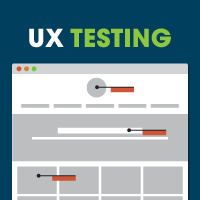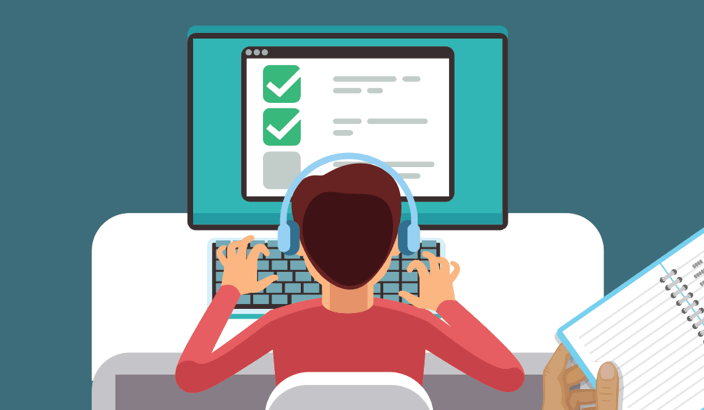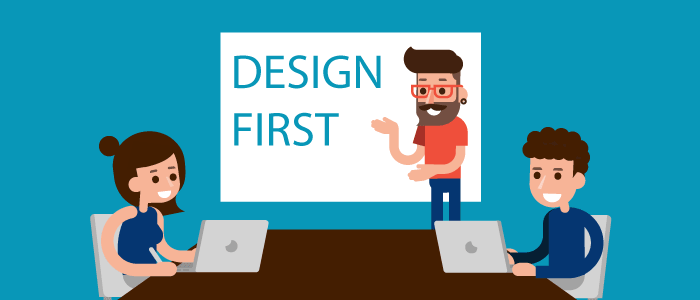 Usability testing often focuses on evaluating the usability of a website for a typical user. However, nearly 20% of the population has a disability, and the number of elderly website users is steadily increasing. Comprehensive usability testing must also consider the needs of people with disabilities.
Usability testing often focuses on evaluating the usability of a website for a typical user. However, nearly 20% of the population has a disability, and the number of elderly website users is steadily increasing. Comprehensive usability testing must also consider the needs of people with disabilities.
If you have limited experience conducting UX testing for users with disabilities, you’re not alone. We know you have questions, so read on to get the answers you need.
Common Questions: UX Testing for Users with Disabilities
At what point should I include people with disabilities?
For the sake of efficiency and cost, it’s best to begin usability testing with people with disabilities after you have conducted other usability tests and accessibility evaluations.
What equipment will the participants need to use?
Users with disabilities use assistive technology (AT) to help them accomplish tasks they would otherwise be unable to do (or do with difficulty). Accessible keyboards, screen readers and sip and puff devices are examples. Be sure you know what kinds of AT devices your participants will need to use and plan your test with them in mind.
What planning considerations should I keep in mind?
You’ll need to think about the following things:
- Participant characteristics. If you’re testing for different disabilities, you’ll need at least 3-5 participants for each disability. Be aware, though, that people with disabilities don’t often fit neatly into categories.
- How to recruit. Connect with organizations for specific disabilities, local senior centers or university programs. Be sure to allow enough time to recruit, especially if your requirements are very specific.
- Choosing the best location. Many users may have trouble with transportation, and keep in mind the accessibility of your lab itself. Consider also whether it’s best to provide a lab’s assistive technologies or use the participant’s.
- How much time to allocate. Testing time will be impacted by the participant’s disability, so expect testing to take longer. It might be best to break up testing into shorter sessions as well.
What disabilities should I test for?
There are four main categories of disability: visual, auditory, physical and cognitive. But there can be a great amount of variability within each category. For example, color blindness is much different from low vision or total blindness.
How will testing for disabilities be different from other usability tests?
Some of your UX testing will be the same as with any other participant, but there will be differences as well. For example:
- Use a think-out-loud technique with high facilitator interaction.
- Focus on errors related to accessibility, rather than on user satisfaction or how much time it takes to complete a task.
- Watch for potential barriers to access rather than general usage.
What other evaluations should be conducted?
While usability testing can evaluate how usable a product is for people with disabilities, it doesn’t determine if a technology conforms to accessibility standards. Both types of evaluations should be performed before a new product is launched.
Also, remember that users with disabilities are also like other users. Don’t forget to evaluate general usability and user satisfaction for these participants as well.
Can you recommend other resources?
Yes! There are several websites that provide excellent information on planning and conducting usability tests for impaired users. These are especially helpful:
- Just Ask: Integrating Accessibility Throughout Design
- Nielsen Norman Group
- W3C Web Accessibility Initiative
Next Steps
- Learn more about how to get started with digital accessibility.
- Watch users’ share their stories about web accessibility.
- Download the Website Accessibility Checklist.
- Learn about our accessibility services.



